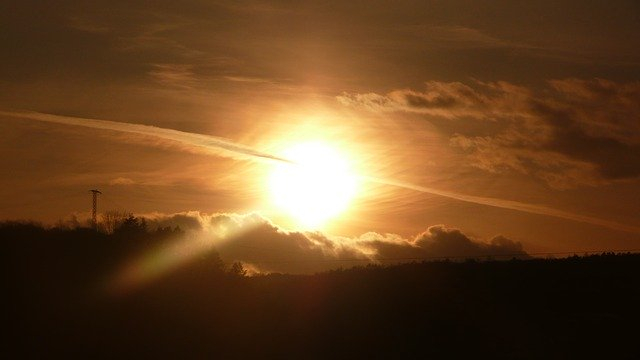A team of Italian astrophysicists revealed that Sun's ultraviolet rays could help to kill the deadly novel Coronavirus which has already infected over 7,669,000 people and claimed more than 426,000 lives globally.
While earlier claims that the impact of the virus all around the world might have been affected by the intensity of such light, the researchers at the National Institute for Astrophysics in Rome, led by Dr. Fabrizio Nicastro, found that a dose of UVA and UVB radiation is capable of causing the same damage to the Coronavirus as an equivalent blast of UVC.
UVA and UVB are two forms of the ultraviolet light, while UVC has a shorter and more energetic wavelength that is powerful enough to break up genetic material. To estimate how long UVC would take to kill the Coronavirus in more than 100 countries, the Italian scientists have made a model that threw up some surprising results.

The Coronavirus Killer
Even though the results based on the model varied, the scientists noticed that generally from January to April, in countries located in 40 to 60 degrees north of the equator, exposure to UV rays for 30 minutes to 14 hours per day was required to kill 60 percent of the virus pathogen.
The Italian scientists said in a paper published on the pre-print website arXiv.org that the region encompassed many of the areas which include China, Italy, Spain, Britain, and the U.S. They added that in northern countries the COVID-19 outbreaks proceeded at high rates "for tens of days," despite the severe measures of social distancing adopted by most of these nations.
According to the scientists, there was concurring circumstantial evidence which suggested that the evolution and strength of the pandemic might have been modulated by the intensity of UVB and UVA solar radiation.
When the researchers focused on the southern countries they found that more than the same period, in regions from 40 to 60 degrees south of the equator, it would have taken almost four minutes to 35 minutes of sunlight to kill the virus pathogen.
In this sphere, the regions included countries like Australia, New Zealand, South Africa, Chile, Argentina, and Zimbabwe. In many of these countries, the government had imposed less strict lockdown measures but still, the infection levels were relatively low, except Brazil, which is now the world's second-highest infected nation that experienced high rates of Coronavirus infection since March.
The study claimed that "epidemics efficiently develop in areas where typical UVB/A virus-inactivation exposures are longer than about 20 minutes," that was something which policymakers around the world should take into consideration. As per the scientists, there were signs that infection rates in southern areas had increased as the exposure to UV ray levels were falling due to seasonal changes.
Experts claim that changes in solar activity in the last few months have reduced the amount of radiation hitting the Earth, which might have triggered the emergence and spread of the COVID-19.









